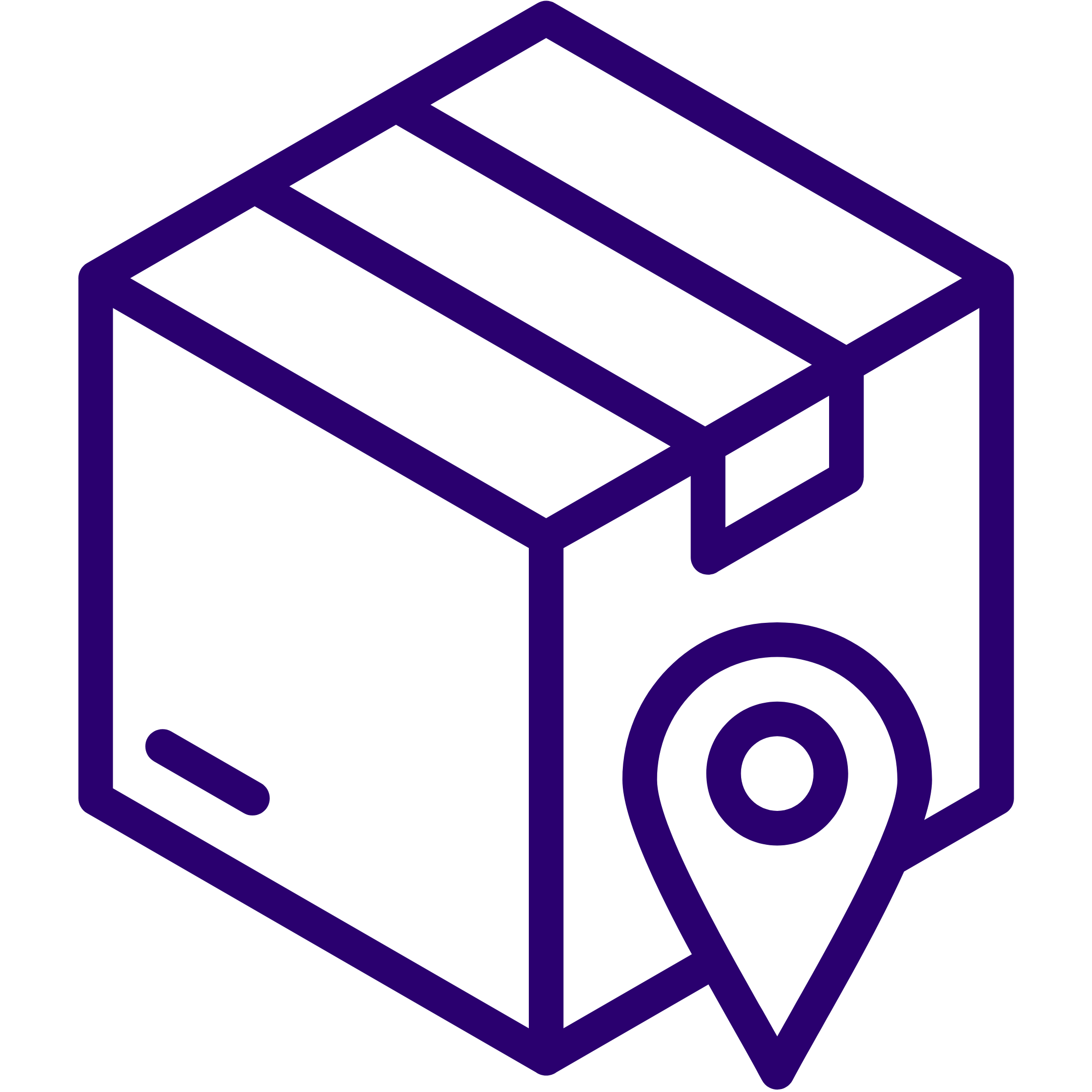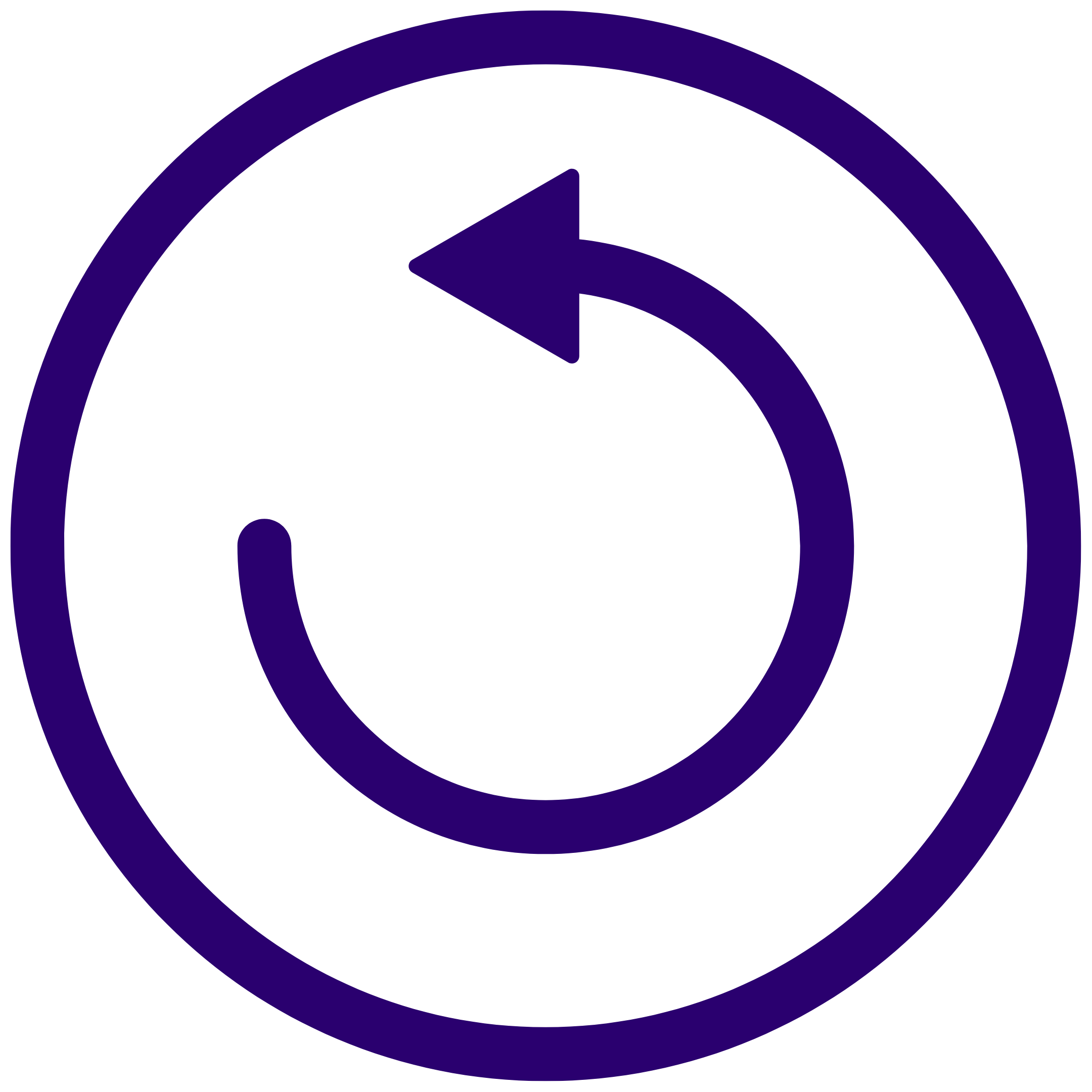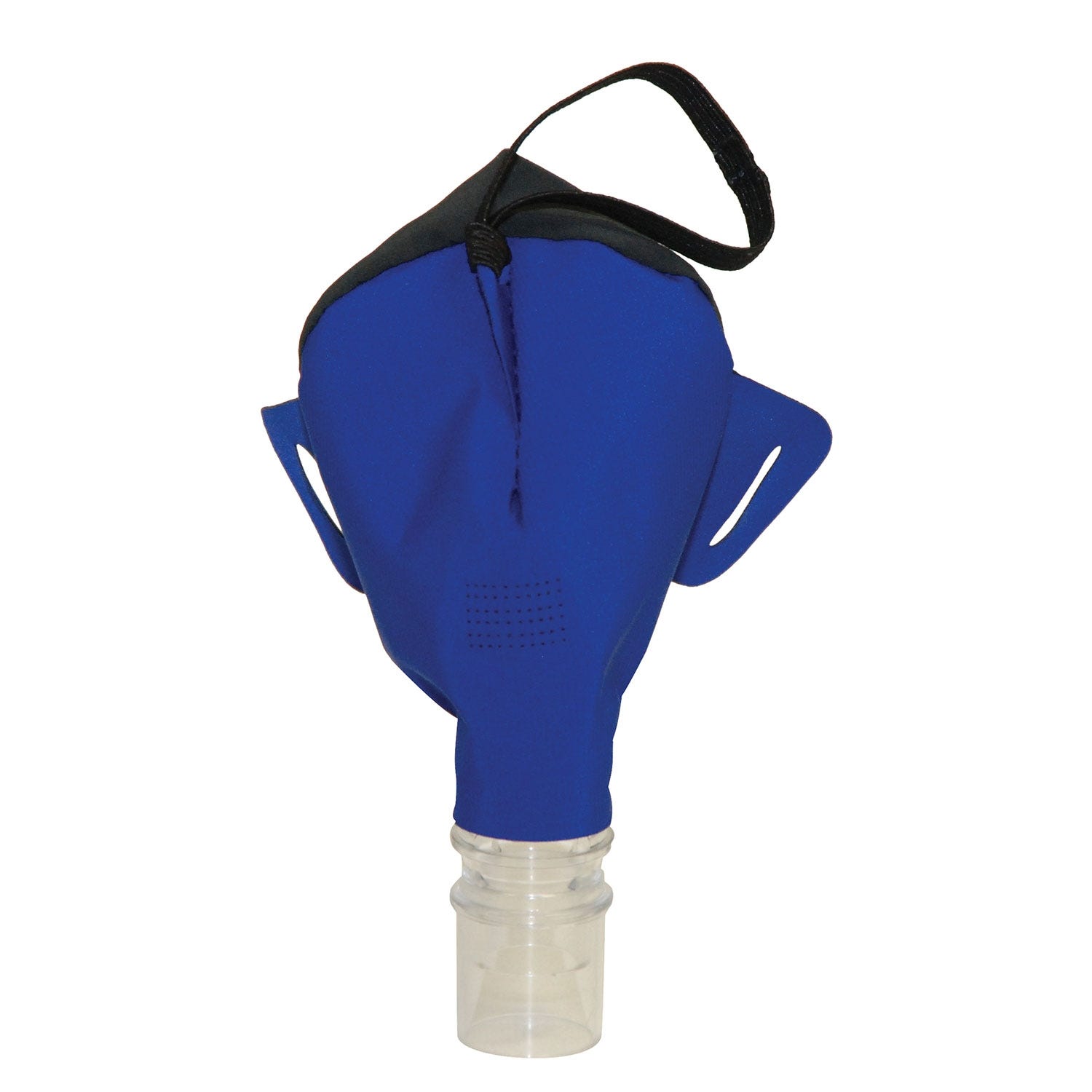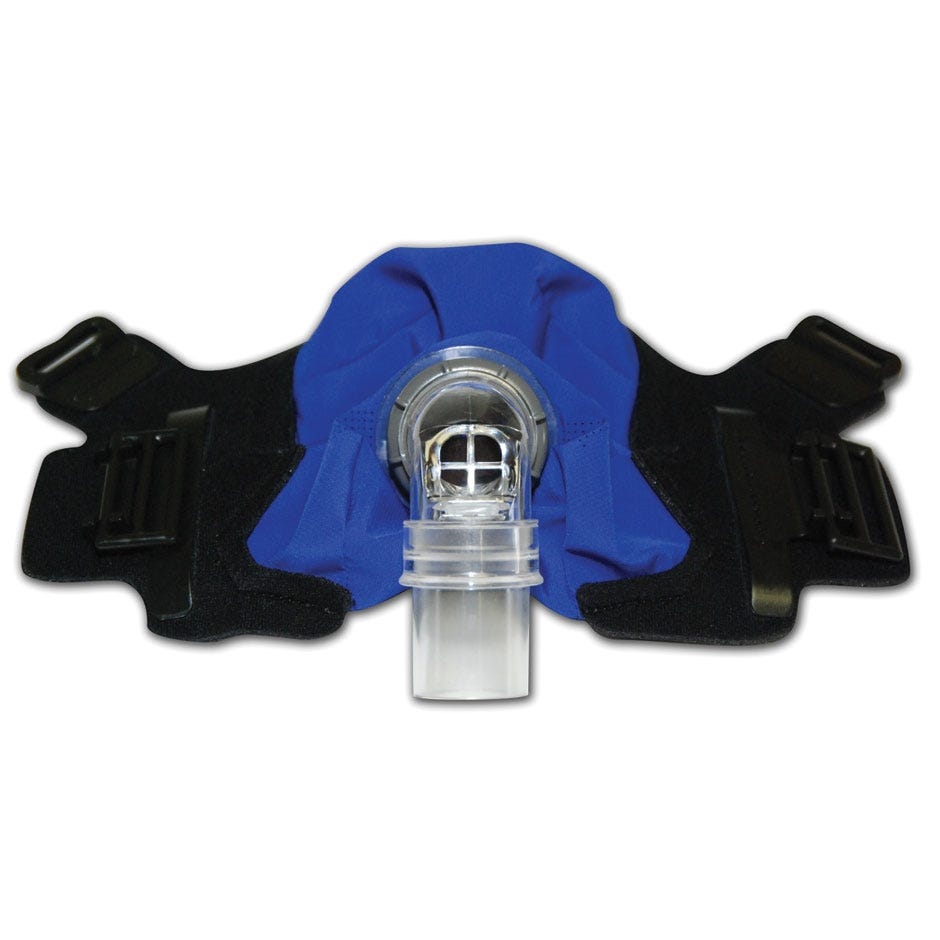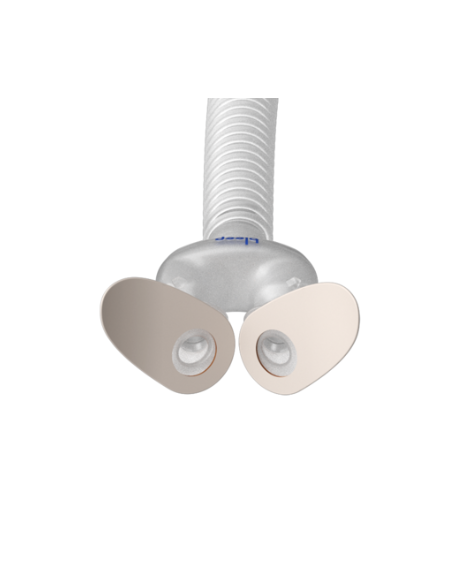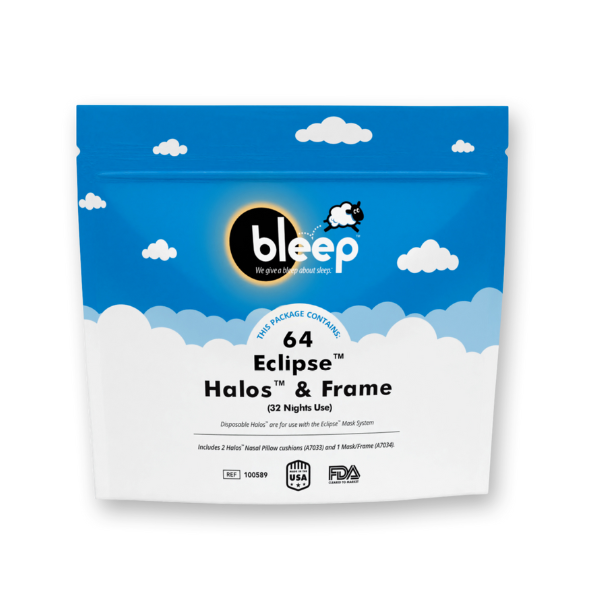Specialty CPAP Masks
What Are Specialty CPAP Masks?
-
Hybrid CPAP Masks - Hybrid CPAP masks are a combination of a full face mask and a nasal pillow mask. They cover your mouth but seal under your nose and have the same type of nasal pillow cushions that are inserted into your nostrils, making them a great option for those who breathe through their mouth, but dislike chinstraps and prefer to have a clear line of sight.
-
Oral CPAP Masks - Oral CPAP masks deliver pressurized airflow only to your mouth, rather than your nose, or both. Oral masks can be helpful if you have difficulty breathing through your nose due to frequent nasal congestion or blockage.
-
Total Face CPAP Masks - A total face CPAP mask seals around the perimeter of your whole face; nose, eyes, and mouth. The benefit it provides is that it can decrease the feeling of claustrophobia for those who don't like targeted air pressure to their nose or mouth. It's a good option for people with certain facial features that have a hard time finding a comfortable, secure fit with other masks.
-
Hypoallergenic Fabric CPAP Masks - Hypoallergenic fabric CPAP masks are designed with breathable, soft materials such as cotton or microfiber to reduce skin irritation and allergic reactions to common materials used in traditional CPAP masks.
-
Headgear-Free CPAP Masks - Masks from Bleep such as the Eclipse and DreamPort provide a mask-less alternative to most common nasal masks or nasal pillow masks. They use hypoallergenic adhesive patches to secure the mask seal to your nostrils, which eliminates the need for a traditional mask frame and headgear system.
-
Common Specialty CPAP Mask Materials
-
FitLife Masks: UBL, Urethane Foam, Nylon, and Lycra
-
SleepWeaver Masks: Mask Frame - Polyester, Nylon, and Elastane | Headgear - Polyurethane Foam, Nylon, and Lycra
-
Oracle 452 Masks: Mouthpiece/Seals - Silicone
-
Bleep Masks: DreamPorts - Latex
-
How to Clean Your CPAP Supplies
Regularly cleaning your CPAP mask parts and components is crucial for avoiding the accumulation of bacteria, debris, oils, and other contaminants. This will help prevent the buildup of germs that may cause skin irritation and other unwanted side effects during your sleep apnea therapy.
Before following the instructions below, first make sure your CPAP machine is unplugged from the power source, disconnect your mask and air tubing from your CPAP machine, and disassemble your mask components into 3 parts (mask cushions/pillows, headgear, and frame):
Part Cleaning Frequency Instructions Full Face Cushions,
Nasal Cushions, & Nasal Pillows
Daily
- Using a mild detergent* and warm, drinking-quality water, gently clean your cushions/nasal pillows to remove any dirt, debris, and oils. Vinegar solutions (3:1, water:vinegar mix) can be used by soaking for 30 minutes to kill accumulated bacteria.
- Rinse thoroughly.
- Allow to air dry, avoiding direct sunlight.
Mask Frame
Weekly
- Using a mild detergent* and warm, drinking-quality water, gently clean your mask frame to remove any dirt, debris, and oils. Vinegar solutions (3:1, water:vinegar mix) can be used by soaking for 30 minutes to kill accumulated bacteria.
- Rinse thoroughly.
- Allow to air dry, avoiding direct sunlight.
Headgear
Weekly
- Using a mild detergent* and warm, drinking-quality water, gently clean your mask headgear to remove any dirt, debris, and oils. Do not use a vinegar solution.
- Rinse thoroughly.
- Hang dry, avoiding direct sunlight.
Chinstrap
Weekly
- Using a mild detergent* and warm, drinking-quality water, gently clean your mask chinstrap to remove any dirt, debris, and oils. Do not use a vinegar solution.
- Rinse thoroughly.
- Hang dry, avoiding direct sunlight.
*Avoid using strong detergents or soaps, especially those that contain harsh chemicals, perfumes, dyes, moisturizers, or alcohol.
You can find more useful information regarding CPAP cleaning with this blog:
The Best Ways to Clean Your CPAP
CPAP Supplies Replacement Schedule
To keep your CPAP therapy both hygienic and effective you should replace the individual parts of your mask according to the recommended schedule. This will help ensure that your CPAP mask is clean and free from air leakage, and always maintains the perfect fit.
-
Nasal Pillows — Every 2 weeks
-
Nasal Mask Cushions — Every 2 weeks
-
Full Face Mask Cushions — Every 4 weeks
-
Mask Frame — Every 3 months
-
Headgear — Every 6 months
- CPAP/BiPAP/APAP Machines — 5 years
-
Do CPAP Masks Require a Prescription?
Many of your favorite CPAP masks are available prescription-free thanks to our convenient non-RX CPAP mask kits! However, a fully assembled CPAP mask with headgear or any masks purchased through insurance do require a current prescription from a licensed healthcare provider (such as your Sleep Specialist).
If you need help obtaining or updating your prescription, we can help! Simply email us at info@cpapsupplies.com with your request.

